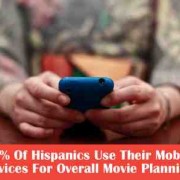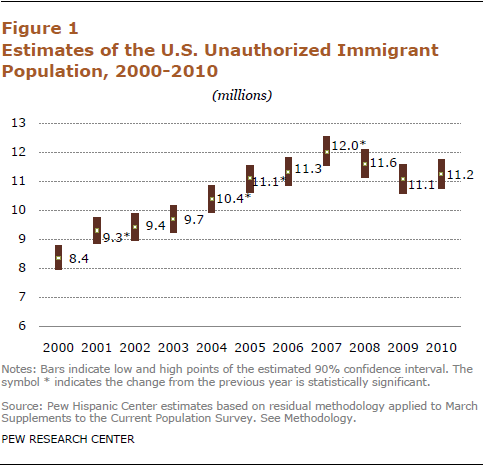Hispanic Consumer Shopping Behavior Insights
As National Hispanic Heritage Month is underway to recognize the impact of Hispanic culture in the United States, the Nielsen Company provides insight into the shopping behavior of Hispanic consumers, a collective buying power of nearly $1 trillion.
“It is critical for retailers and marketers to understand the wide range of factors driving Hispanic consumers’ shopping behavior,” said Tim Kregor, president, Nielsen Consumer Panel Services. “By understanding what Hispanic consumers are buying, where they’re buying it, how they’re buying it and why, retailers and marketers can adapt product offerings and promotions to ultimately better satisfy this rapidly growing and diverse consumer segment.”
Hispanic Consumer Shopping Behavior Insights on Brand Loyalty
Nielsen Homescan research across multiple product categories shows that as Hispanics become more acculturated, there is less evidence of brand loyalty. For example, select brand/flavors of carbonated soft drinks shows that 33 percent of English language-only/preferred Hispanics met their needs with a particular cola, while nearly 70 percent of Spanish language-preferred homes fulfilled their carbonated beverage requirements with the identical brand. Similar trends were noted for other categories, such as laundry detergent, cereal, toothpaste and beer. In this example, language serves as the primary measure of determining acculturation level, which influences Hispanic consumers’ brand loyalty and shopping habits.
“When it comes to brand loyalty and the Hispanic consumer, the key learning for marketers is understanding the importance of building a brand relationship during the initial stages of acculturation and maintaining this connection as Hispanics’ integration to American life increases,” said Kregor.
Hispanic Consumer Shopping Behavior Insights: A Touch of Home
Nielsen finds there is a preference among Hispanics to shop at stores that resonate with the sights, sounds, smells and sensibilities of their homeland. This sense of nostalgia helps create an important connection with the Hispanic consumer. Retailers can create a familiar sense of community and comfort zone for consumers through product assortment, importing specialty lines and stocking items with bilingual packaging, hiring bilingual employees, posting bilingual signage and distributing bilingual coupons.
Hispanic Consumer Shopping Behavior Insights: Shopping a Family Affair
For Hispanic consumers, shopping can be a family affair, an outing for all ages from abuelos (grandparents) to ninos (children). Retailers wanting to attract the attention of the Hispanic consumer would benefit from creating a family-friendly atmosphere, such as balloons and providing rest areas for seniors. And, while respect is a fundamental of customer relations across the board, there is a certain reverence extended to elders within the Hispanic culture that should be reflected in staff dealings with older shoppers. “This can be as simple as offering an arm to an unsteady patron navigating the aisle, or selecting hard-to-reach items for their cart.”
Hispanic Consumer Shopping Behavior Insights: Staying Connected
In addition to maintaining tight-knit family units and neighborhoods, many Hispanics make a concerted effort to keep in touch with those living in their homelands. According to Scarborough Research, a service of The Nielsen Company, Hispanics of all language preference are heavy users of phone service, 95 percent more likely than the average consumer to have spent $100 on long distance, and 18 percent more likely to have rung up a cell phone bill of $150 or more during the last month. Searching for a more favorable deal, Hispanic consumers are more likely to plan on switching cellular providers during the next year, and 11 percent more likely to use a prepaid cellular plan.
When it comes to Internet purchases, Scarborough Research finds that roughly 25 percent of Hispanic Internet users purchased airline tickets, books and clothing/accessories online in the past year, with six percent spending more than $2,500 online during that time.
Hispanic Consumer Shopping Behavior Insights: Media Views
Between 2000 and 2007, Nielsen Media Research estimates the number of Hispanic TV households expanded by one-third, from 8.7 million to 11.6 million. Concurrently, all demographic groups decreased slightly for Hispanics, except adults ages 18 and up, which increased slightly. While cable and pay cable gained popularity among Hispanic viewers, VCR ownership slipped.
TV usage habits parallel that of the average household, with Hispanic homes tuning in 58 hours and 39 seconds per week, slightly more than the 57 hours and 39 seconds of the composite finding. Hispanics scored lower on viewing per TV households as well, for every measure except children ages 2 – 11, who watched a mere one minute more than the composite result per week.
Source: Hispanic PR Wire






